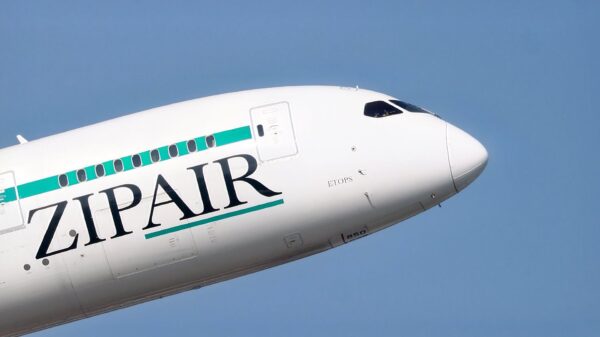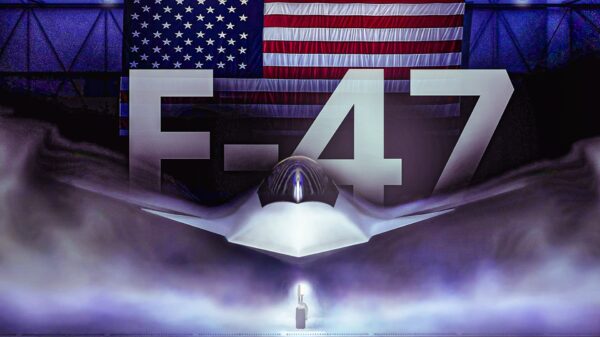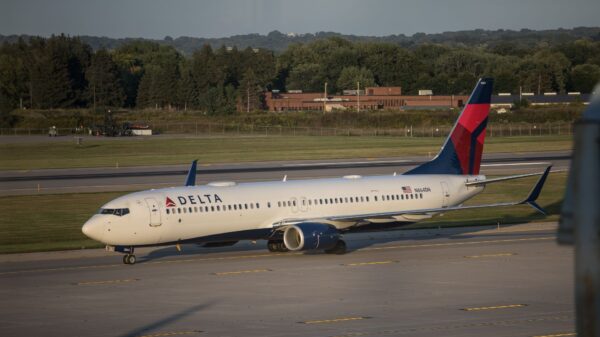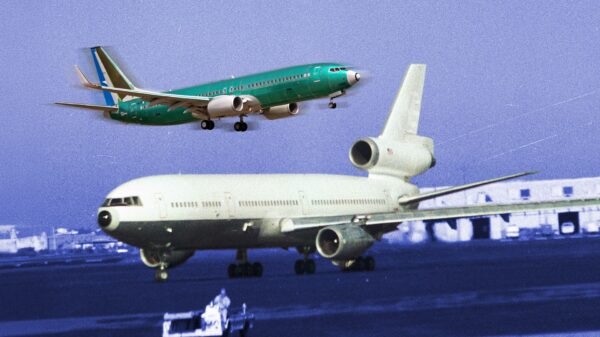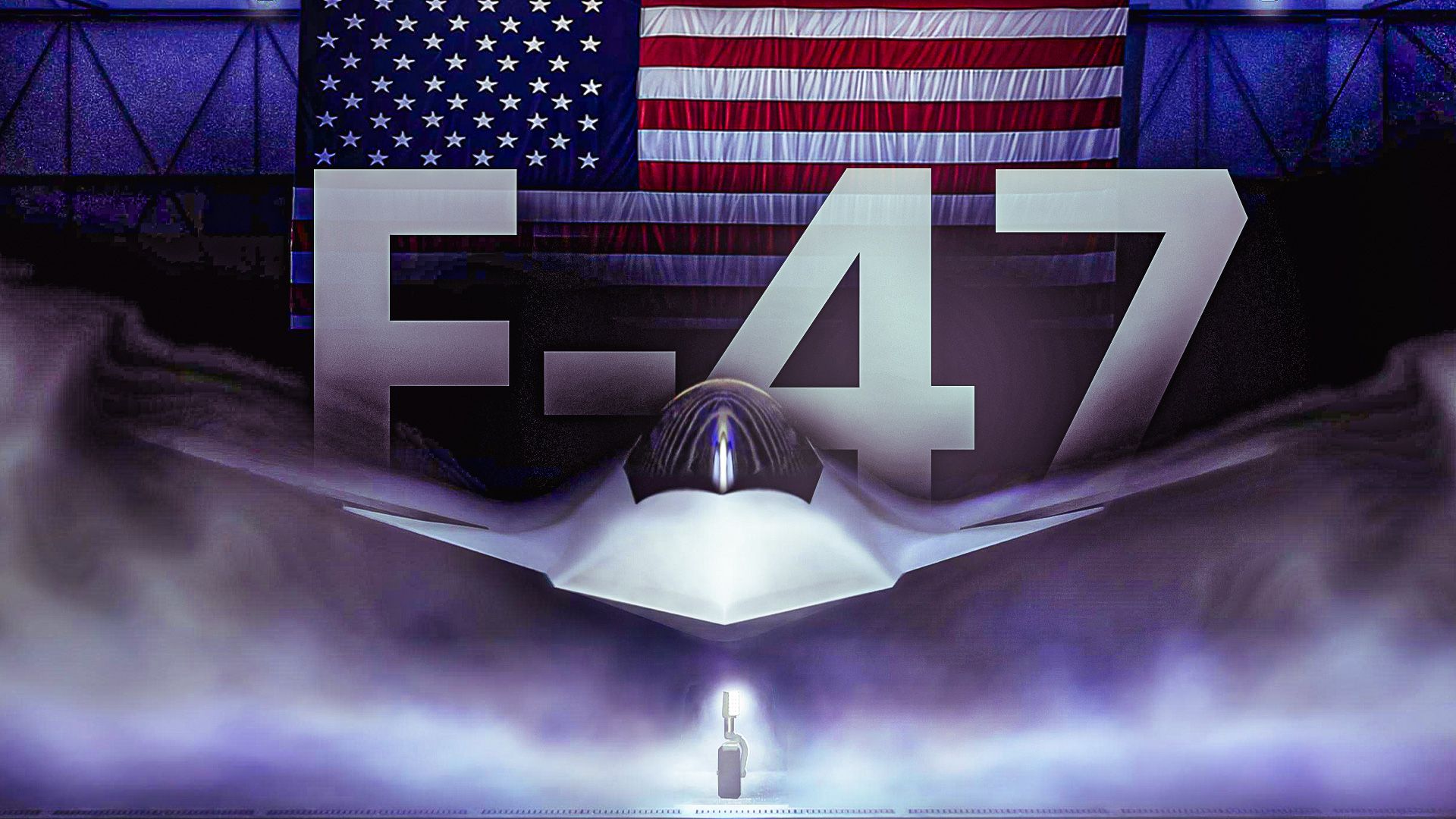The United States Air Force officially announced in March 2025 that it has awarded Boeing the contract to develop the next-generation air-superiority fighter, designated the F-47. This decision has significant implications for both the defense industry and the future of American air power. Historically, Lockheed Martin has dominated stealth aircraft development, producing renowned fighters such as the F-22 Raptor and F-35 Lightning II. Boeing’s selection signals a major shift in the competitive landscape of military aviation.
The F-47 program is a key component of the Next Generation Air Dominance (NGAD) initiative, which aims to secure U.S. air superiority through the 2030s and beyond. This ambitious project seeks to integrate a manned fighter with a network of autonomous drones, sensors, and advanced command systems. The decision to choose Boeing over Lockheed reflects a strategic shift toward diversifying the defense industrial base and accelerating production timelines.
The NGAD Initiative and Boeing’s Winning Proposal
When the NGAD initiative was unveiled, the Air Force emphasized its vision of a system rather than a single aircraft. The F-47 is intended to function as a “quarterback,” coordinating multiple unmanned wingmen, referred to as Collaborative Combat Aircraft (CCA). The objective is to create a highly effective combat platform capable of controlling various autonomous systems that can operate in a synchronized manner.
Both Boeing and Lockheed Martin submitted proposals for the NGAD, each promising advanced stealth capabilities, extended range, and superior intelligence. On March 21, 2025, the Air Force officially announced that Boeing’s design had been selected as the F-47.
One of the pivotal factors for Boeing’s success was the advanced state of its digital design. Engineers had developed a comprehensive “digital twin,” enabling the Air Force to evaluate critical aspects such as radar signatures and maintainability before any physical prototype had been constructed. This approach minimized risks in ways that Lockheed’s experimental design could not match.
In response, Lockheed Martin quickly announced plans to enhance its existing F-35 fleet, asserting that upgrades could provide “eighty percent of F-47 capability at half the cost.” This strategic pivot acknowledged Boeing’s lead in the current competition.
Strategic and Industrial Implications
The Air Force’s choice of Boeing was not solely based on aircraft design; it also addressed broader industrial strategy. Pentagon officials have long expressed concerns regarding the concentration of fighter production capacity with a single contractor. By awarding the F-47 contract to Boeing, the Air Force aimed to mitigate the risks associated with over-reliance on Lockheed Martin, which has been responsible for both the F-22 and F-35 programs.
Boeing’s design benefits from years of research and development, including extensive testing of experimental X-planes funded by the Defense Advanced Research Projects Agency (DARPA). This foundation provided Boeing with a significant readiness advantage. Additionally, the urgency of countering advancements made by China and Russia in their own next-generation fighters, such as China’s J-20B and J-35, further underscored the need for rapid development of the F-47.
For the fiscal year 2026, nearly $3.5 billion has been allocated to the F-47 program, marking it as a top priority. In contrast, the U.S. Navy’s parallel sixth-generation initiative, the F/A-XX, has been scaled back to reallocate resources to the Air Force’s project.
Boeing’s victory in securing the F-47 contract offers a crucial opportunity for the company to stabilize its defense division amid challenges faced in its commercial aviation sector. The contract will not only help maintain its St. Louis fighter plant but also attract new engineering talent.
The implications for Lockheed Martin are significant as well. While it has lost the F-47 competition, the company is shifting focus toward modernizing the F-35, positioning it as a more affordable alternative for allied nations.
Technical Requirements and Future Outlook
The F-47 is designed to incorporate advanced technologies that ensure air superiority for U.S. forces in various conflict scenarios. Among its key technical and operational specifications are:
– **Penetration-capable stealth**: Expected to utilize advanced radar-absorbent materials and adaptive intakes, the F-47 will aim to achieve superior stealth capabilities compared to its predecessors.
– **Unmanned teaming**: The F-47 will act as a command platform for multiple drone wingmen, enhancing its operational capabilities.
– **Range and sustainability**: With potential combat missions extending thousands of miles, the F-47 will feature an adaptive-cycle engine developed in collaboration with GE Aerospace and Pratt & Whitney.
– **Modularity and adaptability**: The platform will be designed for easy upgrades to sensors and weapons systems to keep pace with technological advancements.
– **Speed and agility**: While specific performance metrics remain classified, initial flights are targeted for 2028, with operational capabilities expected in the early 2030s.
Developing the F-47 is a costly and complex endeavor. Estimates suggest total costs could surpass $20 billion before production begins, with significant resources directed toward Boeing’s St. Louis facility, which is already responsible for manufacturing the F-15EX and T-7A Red Hawk.
Despite losing the F-47 contract, Lockheed Martin remains active in the fighter market. The company is modernizing the F-35 to create a “fifth-generation-plus” fighter, which it promotes as a cost-effective option for global allies. This strategic shift allows Lockheed to maintain its leadership in the export market while Boeing focuses on advancing sixth-generation technology.
As the U.S. government prioritizes competition within the defense sector, the F-47 contract reinforces the notion that innovation thrives within a diverse marketplace.
Looking ahead, the F-47 is set to redefine air combat, transitioning from traditional dogfighting tactics to a model that emphasizes coordination with drone technology. While various nations, including Japan, have expressed interest in potential export versions, such decisions will hinge on U.S. policy and international collaboration.
Overall, the F-47 program signals a renewed commitment to maintaining U.S. air superiority and adapting to the changing landscape of global military aviation.





